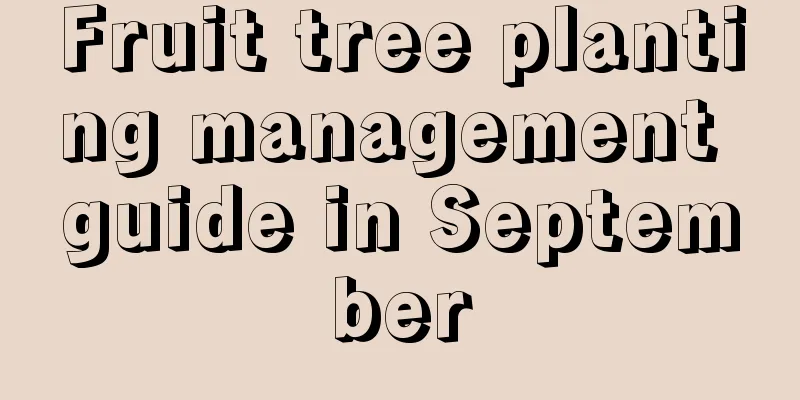Dandelion disease control

Common diseases of dandelionsLeaf spotInitially, the leaf surface has small spots the size of a needle tip that fade from green to light brown, and then expand into round to oval or irregular shapes. The center is dark gray to brown, with brown raised lines on the edges, with a diameter of 3-8 mm, and some spots are 20 mm. Leaf spotSmall brown spots first appear on the lower leaves, then expand into dark brown circular or nearly circular to irregular spots, 5-10 mm in size, with an inconspicuous yellow halo on the outside. In the later stage, the edges of the lesions become dark brown. RustMainly harms leaves and stems. Small yellow spots first appear on the leaves, and small chlorotic spots also appear on the corresponding parts of the back of the leaves, followed by slightly raised blisters. After the blisters burst, a large amount of yellow-brown powdery substance is released. When there are many spots on the leaves, the leaf edges curl up. The above three prevention methodsPay attention to field hygiene, collect diseased and damaged plants and carry them out of the field for burning; Clear the ditch and drain the water, avoid excessive nitrogen fertilizer application, and spray the plant with plant nutrients at the right time to make the plants grow healthily and enhance their resistance. At the early stage of the disease, spray 8000 times of 42% Fuxing emulsifiable concentrate, or 2000-30000 times of 20.67% Wanxing emulsifiable concentrate, or 500 times of 40% polysulfide suspension, or 1500 times of 50% chloramine wettable powder, once every 10-15 days, and continue to control 2-3 times. Stop using the medicine 7 days before harvest. Fusarium wiltWhen the disease first occurs, the leaves turn light yellow, wilt and droop, and the base of the stems also turn light brown. A cross-section of the stem base shows that the vascular bundles have turned brown, and the vascular bundles of the branches extending upward have also gradually turned light brown, spreading further to cause the root bark to necrotize or turn black and rot. Some stems crack at the base and produce white mold when the humidity is high. Prevention and treatment methods1. It is recommended to apply compost or decomposed organic fertilizer fermented by enzyme bacteria; 2. Strengthen field management and rotate crops with other crops; 3. Select disease-resistant varieties suitable for the local area; 4. Choose sandy soil with good drainage for planting; 5. Rationally irrigate to avoid excessive moisture in the field or water accumulation after rain; 6. In the early stage of the disease, use 500 times diluted 50% carbendazim wettable powder, 600 times diluted 40% polysulfide suspension, 400 times diluted 50% copper succinate wettable powder, or 400 times diluted 30% basic copper sulfate suspension for root irrigation. Use 0.4-0.5 liters of solution per plant, and irrigate 2-3 times continuously depending on the condition of the disease. |
<<: Common diseases of succulent plants and their prevention and treatment methods
>>: Disease control of cyclamen
Recommend
What vegetables are suitable to grow around the Dragon Boat Festival?
What vegetables are suitable to grow around the D...
Causes and treatments of yellow leaves of purple cashmere
1. Overwatering Reason: Purple cashmere is relati...
Rose cultivation methods and precautions
Roses are very easy to grow. Their roots have a s...
What to do if hyacinth bulbs are moldy
Growth conditions of Coccidium species: If the bu...
The difference between hexagonal lotus and octagonal lotus
1. Differences in the stems The Hexagonal Lotus p...
Can boxwood be transplanted in autumn? Precautions for transplanting in autumn
Can boxwood be transplanted in autumn? Boxwood ca...
Cabbage seedlings emerge after sowing
Cabbage sowing time The time when cabbage seedlin...
How to grow succulent white bird quickly? Pay attention to these four points!
1. Watering The principle of watering the white b...
Management methods for wintering leeks
Chives , as a perennial root plant, can be harves...
Can I fertilize blueberries during their flowering period? Which fertilizer is best?
At present in China, the overall planting area of...
Which is easier to grow, red or white?
1. Which one is easier to raise? In fact, their o...
The efficacy of wild leek
1. Huoxue San This is its most noteworthy effect....
What are white grubs and what harm do they do?
1. What are grubs? Grubs are the larvae of scarab...
Marigold cultivation methods and precautions
Marigold is an annual herb with a short and stron...
Snow lotus growth environment conditions and characteristics
Snow lotus growth environment conditions and requ...









